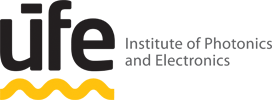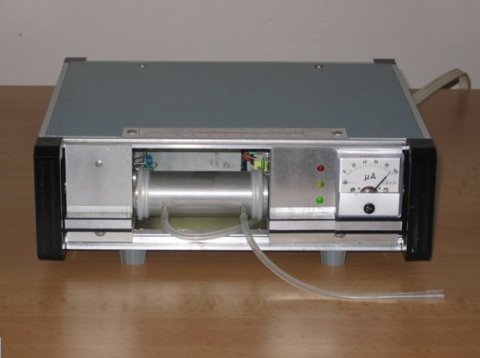DETAILS OF THE ACHIEVEMENT
| Pyroelectric detector of infrared radiation for ecology |
| ; Jiří Zelinka, MSc.; Fedor Šrobár, DSc.; Zdislava Podvalová, MSc. |
| Year: 2005 |
|
For quite a long period we studied preparation methods and physical
properties of single crystals of organic/inorganic substances
belonging to the triglycine sulfate (TGS]) family. The crystals
exhibit spontaneous electric polarization and their surface charge
varies with changing temperature. This so-called pyroelectric
phenomenon affords detection of small temperature differences, such as
those caused by absorbed infrared radiation. To be applicable for the
construction of good infrared detectors, the crystals must satisfy a
number of demanding criteria. For this purpose we built a special
laboratory for the growth and characterization of high-quality TGS
single crystals. In cooperation with the prospective user (Tesla
Blatná, Inc.), properly oriented wafers cut from the crystals were
processed into infrared detector chips and subsequently encapsulated
to yield detector devices. Since the prices of similar detectors on
the world markets are quite high, their domestic mass production would
be economically attractive.
In cooperation with Tesla Blatná, Inc., a laboratory pyroelectric carbon dioxide detector was constructed on the basis of TGS single crystals doped with D-phenylalanine and tetravalent platinum. First results demonstrated the capability of the measurement of CO2 concentrations in the atmosphere with an accuracy of 3 per cent. |
|



